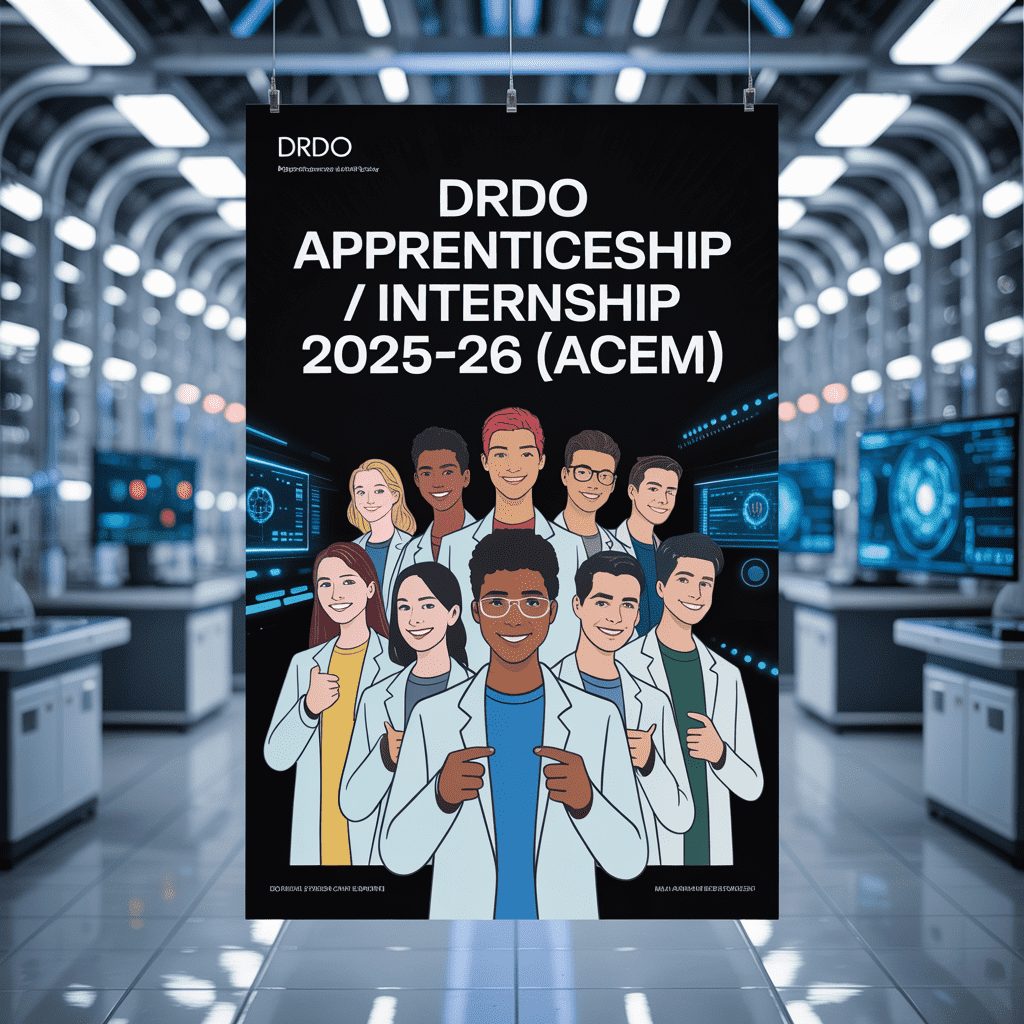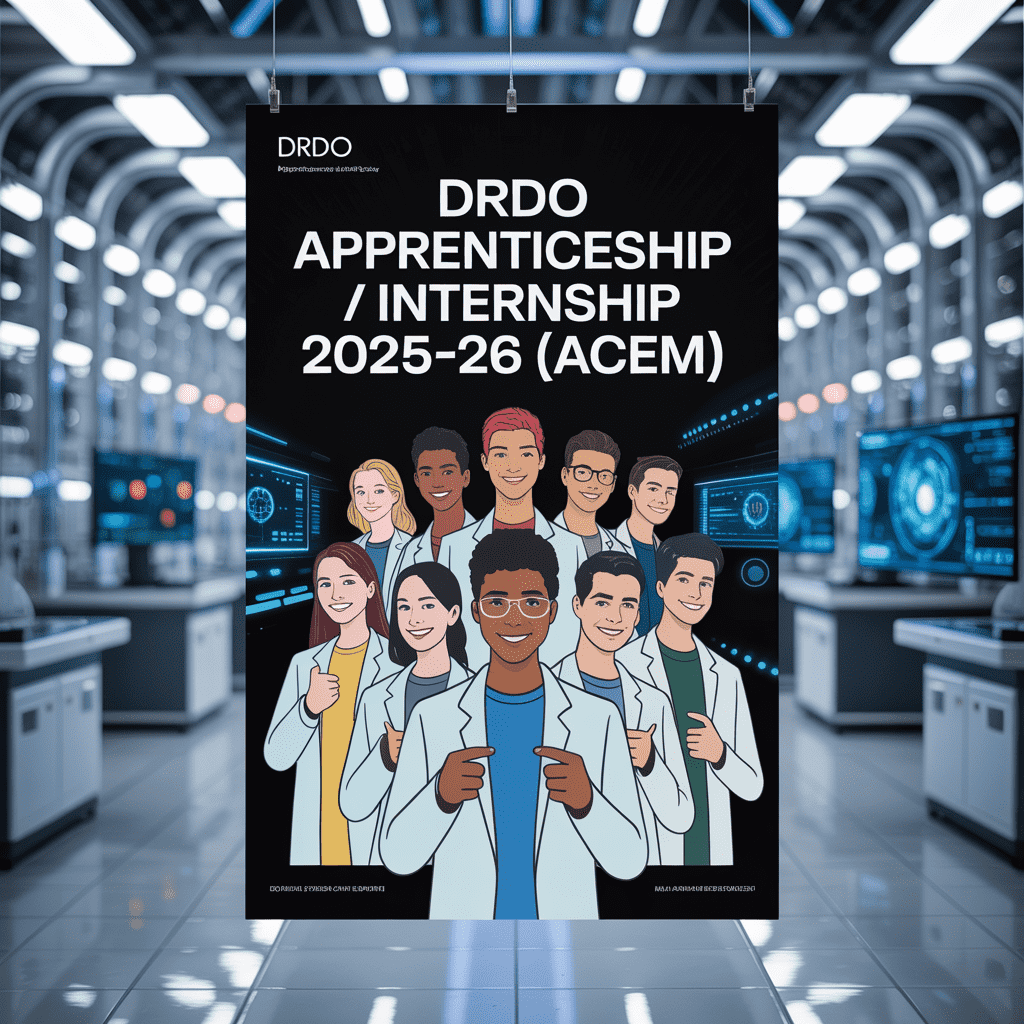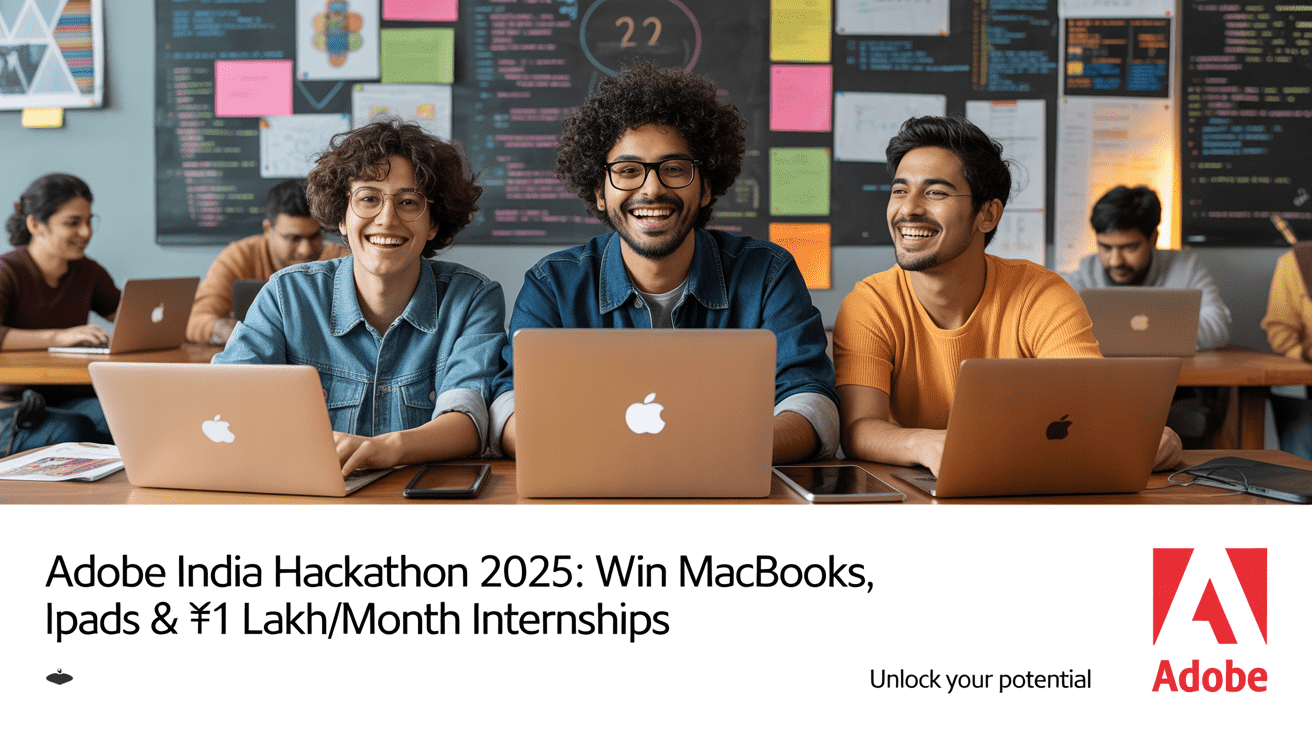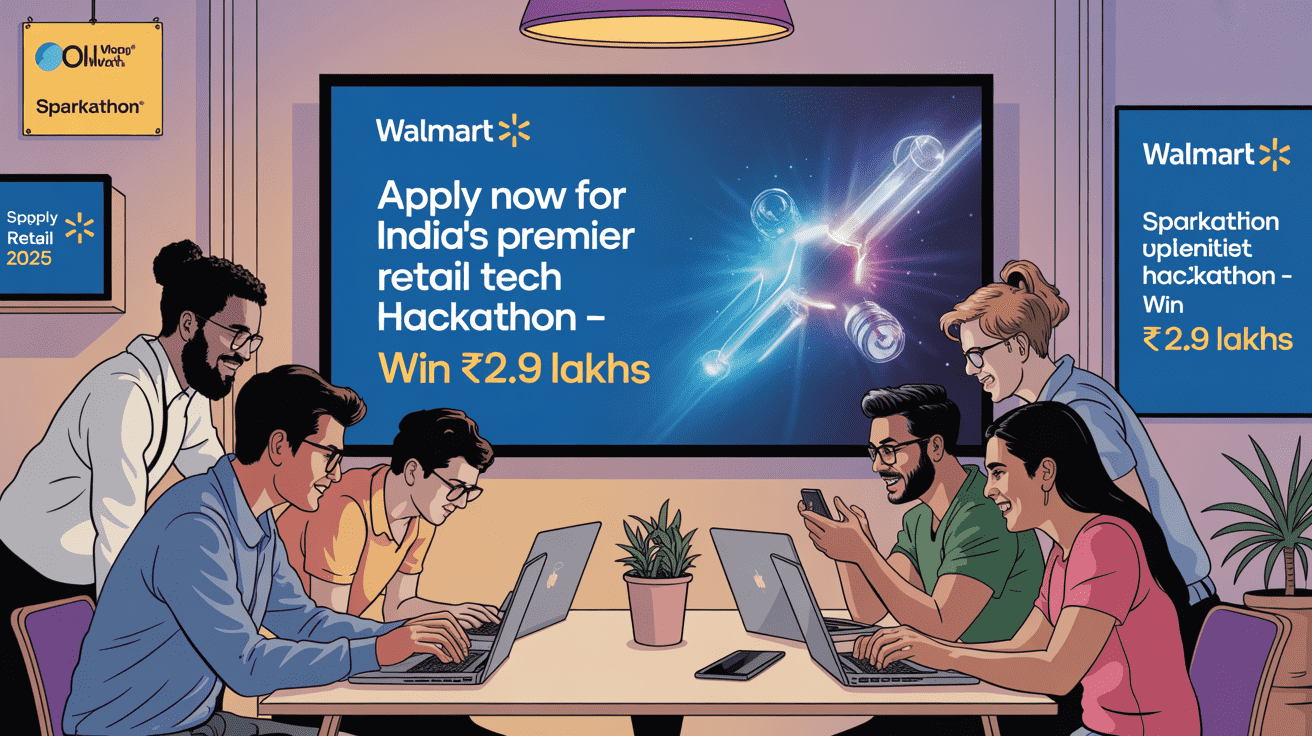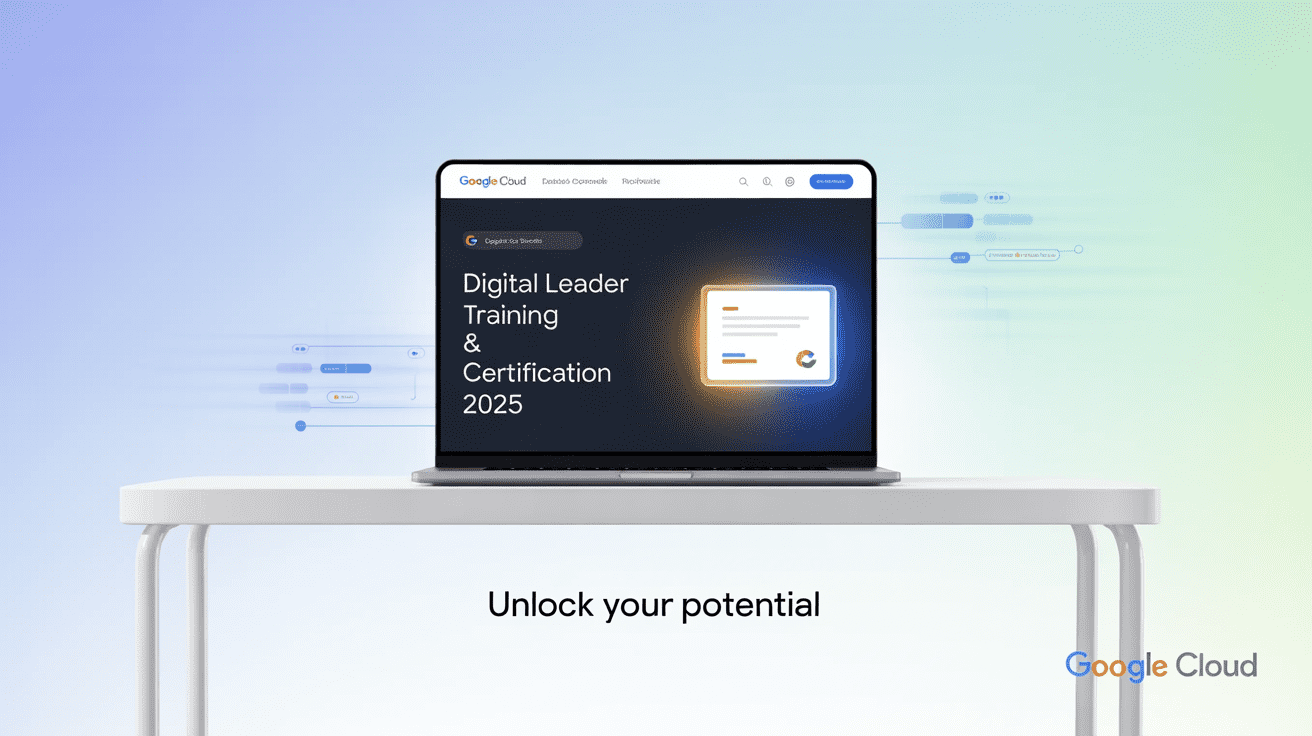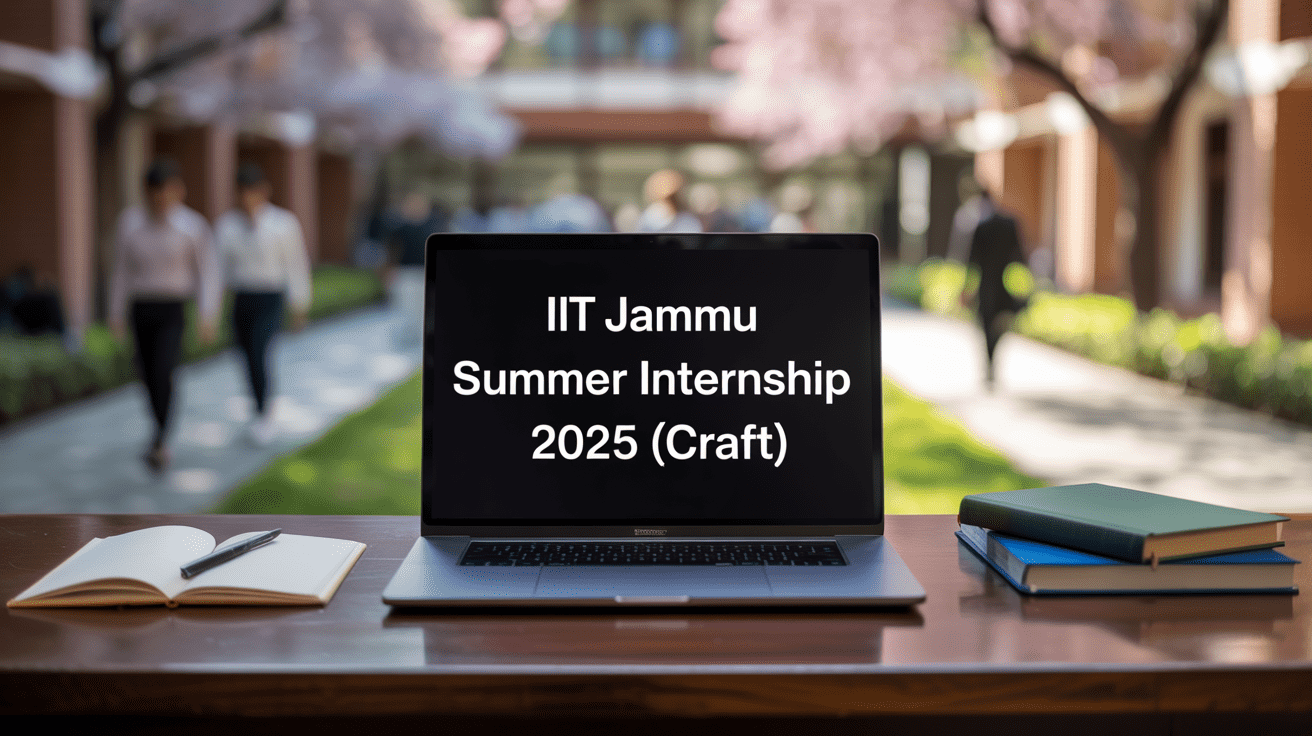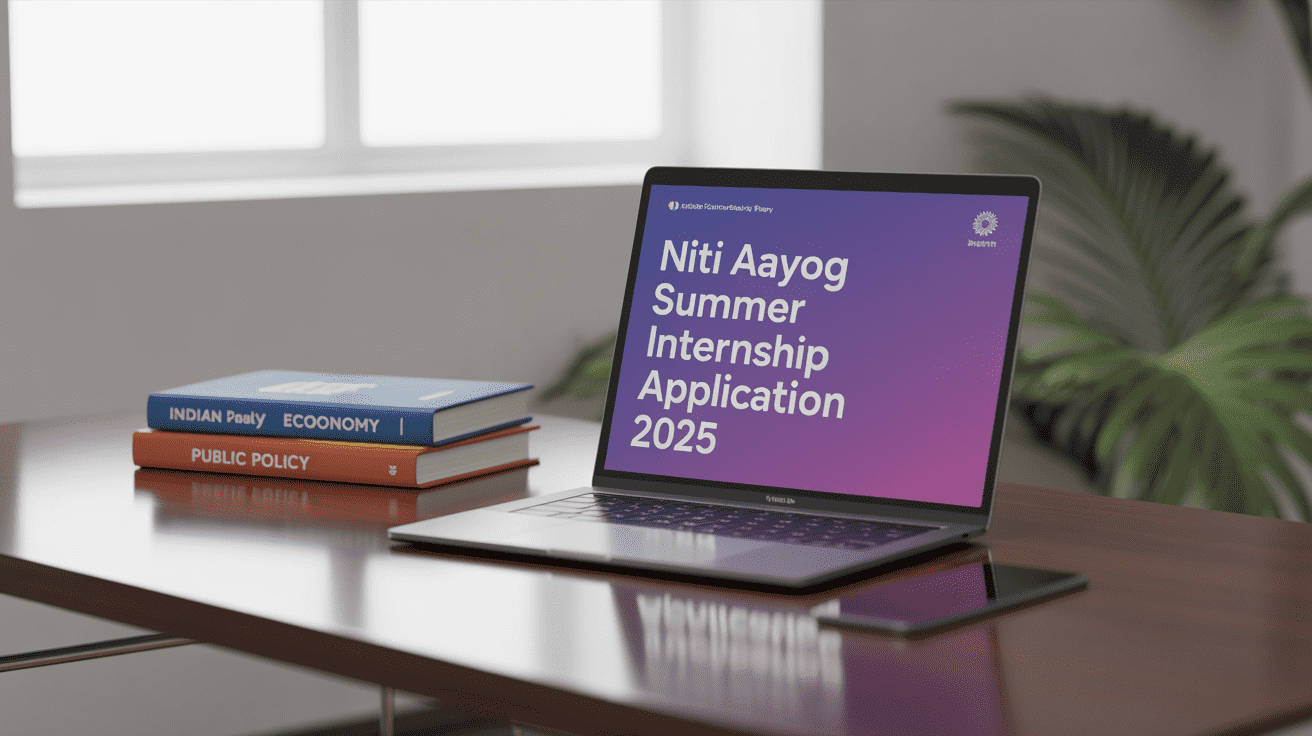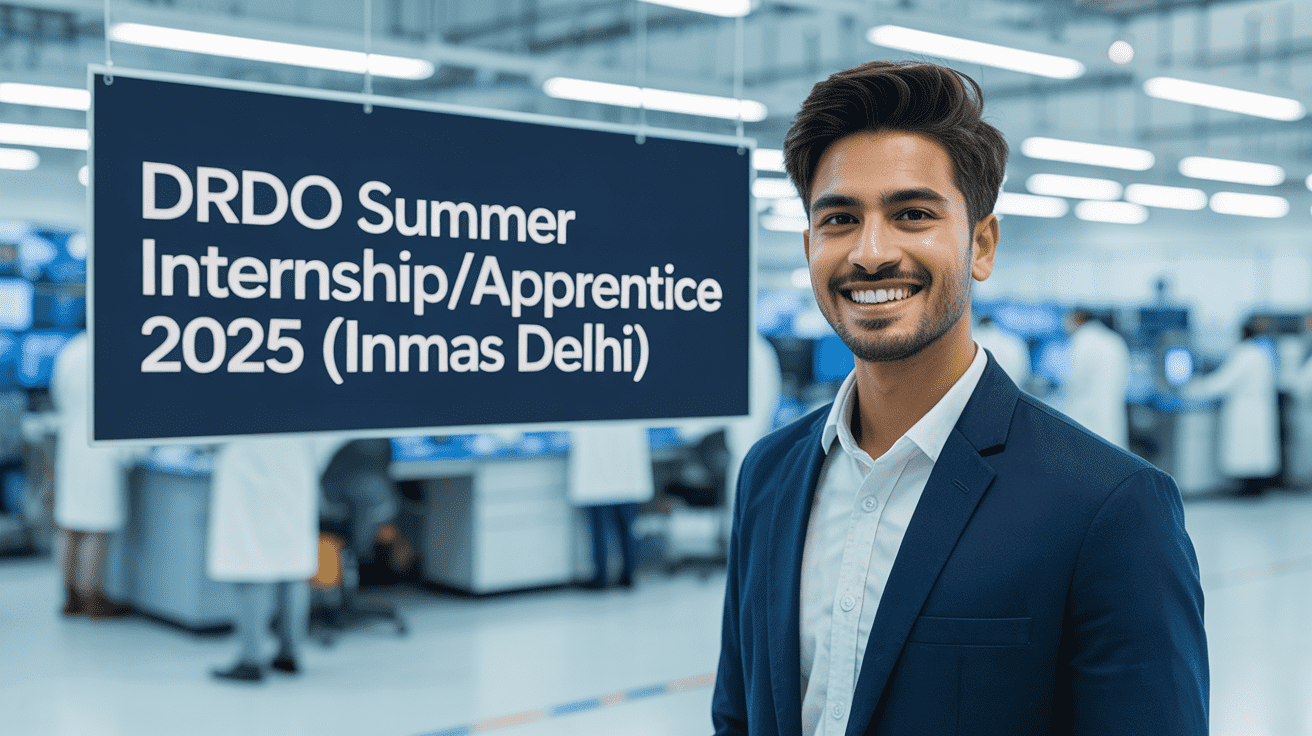Looking to boost your employability with a free, certified course from one of India’s top IT giants? The TCS iON Career Edge – Young Professional Program is a 100% free online certification course by Tata Consultancy Services (TCS). Tailored for students, freshers, and job seekers, this 15-day self-paced course covers essential soft skills, resume writing, communication, interview prep, and even fundamentals of AI and IT—making you job-ready for today’s competitive job market.
Overview of the TCS iON Career Edge – Young Professional Program
Course Name: TCS iON Career Edge – Young Professional
Offered By: Tata Consultancy Services (TCS)
Duration: 2 Weeks
Time Commitment: 7–10 hours/week
Format: Online, Self-paced
Language: English
Fee: Free of cost
Mode of Learning: Digital – Learn Anytime, Anywhere
This course is ideal for individuals who are seeking to strengthen their soft skills, gain workplace knowledge, and improve their overall professional presence.
Who is Eligible?
Target Audience:
- College undergraduates
- Final-year students
- Graduates and postgraduates
- Freshers actively seeking employment
- Individuals looking to enhance workplace readiness skills
Eligibility Criteria:
- There are no specific academic or professional prerequisites
- Anyone with a basic understanding of English can enroll
Key Skills You Will Learn
Upon completing this course, learners will be able to:
- Improve verbal and non-verbal communication
- Master the art of presentation and resume writing
- Develop interpersonal skills for team collaboration
- Understand professional email and telephone etiquette
- Gain foundational knowledge in accounting and IT
- Get introduced to Artificial Intelligence concepts
- Perform better in interviews and group discussions
Detailed Course Curriculum
The course includes 15 well-structured modules designed to gradually build your soft and foundational skills. Below is the shuffled but complete list of topics covered:
1. Resume Crafting Techniques
Learn to create professional, eye-catching resumes that highlight your strengths and improve visibility to recruiters.
2. Telephone Communication Skills
Explore best practices for effective phone conversations in a professional setting.
3. Communication Mastery
Understand both verbal and non-verbal cues and learn how to communicate to impress.
4. Fundamentals of Accounting
Grasp essential accounting principles used in corporate environments.
5. Soft Skills for Success
Gain insights into behavioral skills that foster collaboration and workplace harmony.
6. Interview Strategies
Develop practical techniques to answer interview questions confidently and leave a lasting impression.
7. Group Discussion Essentials
Learn how to speak clearly, build arguments, and contribute meaningfully during group discussions.
8. Corporate Etiquette
Understand the dos and don’ts of corporate behavior, dressing, and interpersonal conduct.
9. Introduction to Artificial Intelligence – Part 1
Learn the basics of AI technology and its applications. (Content powered by NPTEL)
10. IT Fundamentals
Get familiar with foundational IT tools and technologies used in businesses.
11. AI Concepts – Part 2
Build on your understanding of Artificial Intelligence with deeper insights. (Content powered by NPTEL)
12. Email Etiquette
Learn to write effective and professional emails that reflect business standards.
13. Career Planning and Guidance
Receive frameworks to assess your strengths, choose the right path, and set professional goals.
14. Presentation Techniques
Master the ability to present ideas clearly and engage an audience effectively.
15. Final Assessment
An objective-type evaluation to assess the understanding and retention of course material.
Certification Details
On successful completion of all modules and passing the final assessment, participants will receive a Certificate of Achievement from TCS iON. This certificate can add value to your resume and LinkedIn profile and serves as proof of your commitment to career development.

Stipend Information
As this is a free skill-building course, no stipend or monetary compensation is offered. However, the knowledge and certification provided are valuable additions to any professional portfolio.
Important Dates and Deadlines
- Enrollment Deadline: Open year-round. No fixed last date; however, early enrollment is encouraged.
- Course Access: Immediately after registration.
- Duration to Complete: Must be completed within 15 days of starting.
- Assessment Availability: Final assessment is unlocked after completing all modules.
How to Apply for TCS iON Career Edge Course
Follow the steps below to successfully enroll:
Step 1: Visit the Official Website
Go to https://learning.tcsionhub.in and search for “Career Edge – Young Professional”.
Step 2: Create a TCS iON Account
If you don’t have an account, click on “Sign Up” and register using your email ID or mobile number.
Step 3: Enroll in the Course
Click on “Subscribe for Free”. Once subscribed, the course will appear in your dashboard.
Step 4: Start Learning
Access the modules at your own pace. Ensure you complete each lesson to unlock the final assessment.
How to Fill Out the Application Form
- Log in to your TCS iON account.
- Click on the course and then select “Subscribe”.
- Provide basic details like name, contact, education level, and career interest.
- Submit the form and begin the course immediately.
No additional documents or ID verification is required.
Frequently Asked Questions (FAQs)
1. Is there any age limit for this course?
No, it is open to all age groups, primarily targeted at young professionals.
2. Is the course 100% free?
Yes, there are no hidden charges.
3. Do I need to attend live classes?
No. The course is entirely self-paced.
4. Can I download the certificate?
Yes, a digital certificate will be available in your dashboard after course completion.
5. Can working professionals also take this course?
Absolutely. Anyone seeking to improve their soft skills can benefit.
Why You Should Enroll Now
- It’s completely free and flexible
- Industry-recognized certification from TCS
- Equips you with real-world skills
- Helps build a competitive edge in the job market
- Requires only 7–10 hours/week for 2 weeks
Contact Details for Support
Email: info.tcsionhub@tcs.com
Toll-Free Number: 1800 266 6282
Address: Olympus A, Hiranandani Estate, Ghodbunder Road, Thane West, Maharashtra – 400607
